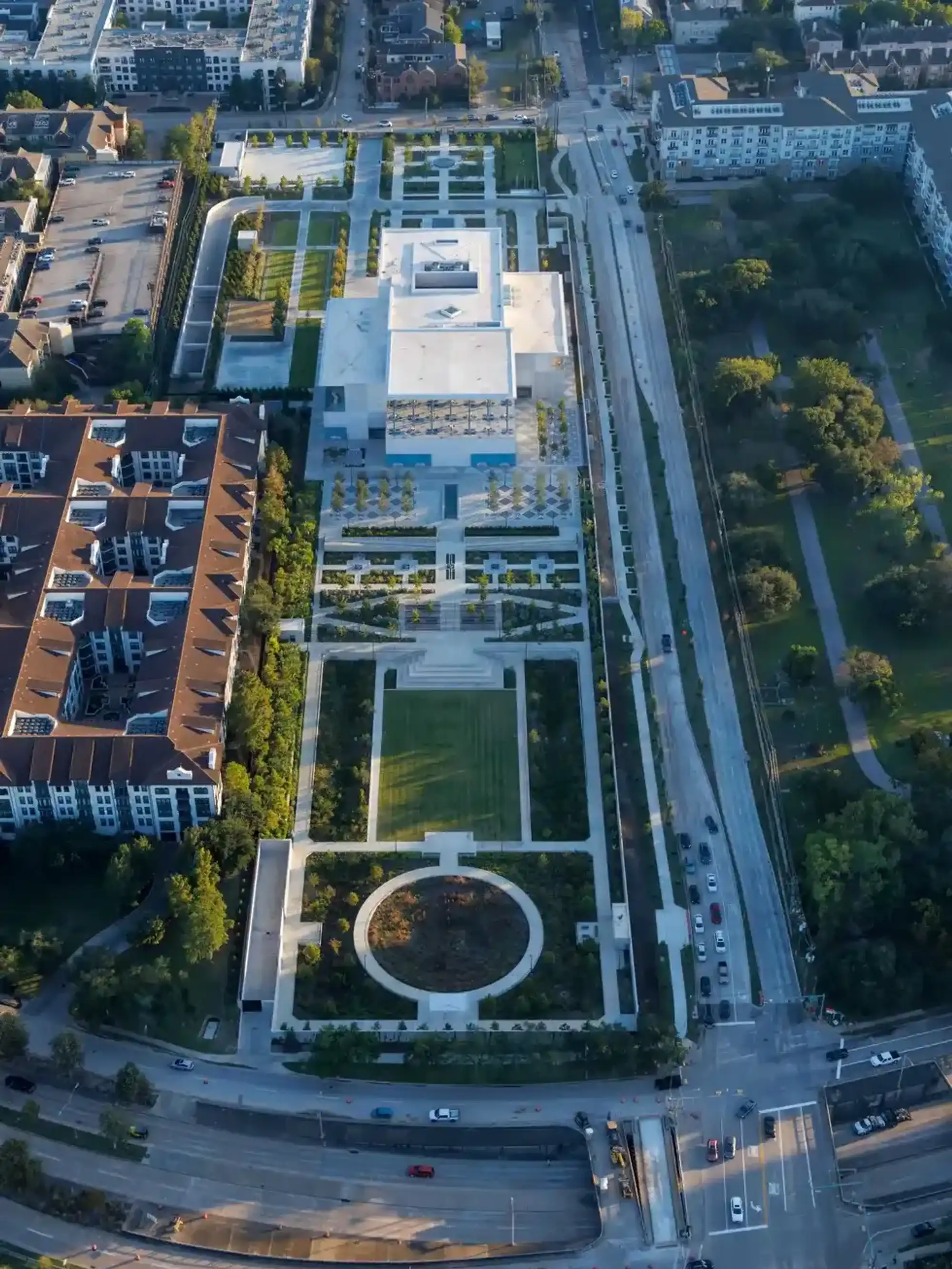Personalized service made all the difference when obtaining PPP loans
Teamwork Makes the Dream Work
It's there in their name, but how often does a human resources company actually put emphasis on the "human" part? If it's HR&P, the answer is "especially when it matters most."
Following the COVID-19 pandemic announcement, small businesses scrambled to get their Paycheck Protection Program applications and documents in order. Up for grabs was a government-funded $349 billion in forgivable loans to help pay salaries, utilities, and other necessary expenses while businesses weathered the medical and economic storm. And if a business didn't have a company like HR&P on its side, its chances at obtaining a PPP loan weren't nearly as high.
"The PPP loan process required a great deal of HR information, and the requirements seemed to keep changing," says David Gow, CEO of Gow Media (the parent company of InnovationMap). "So we reached out to HR&P a number of times with requests, questions, etc. And each time HR&P assembled a full team to help us. I eventually started calling them 'the dream team,' because the team at HR&P had all the answers."
"As soon as the banks got set up to process these loans, the funds were gone. Every second mattered," says Kris Osterman, HR&P's CFO. "The CARES act is over 800 pages long — our team divided it in sections, and quickly went through it to find the parts that mattered to our clients. We had to make sure we had what we thought the banks needed — the information coming from the treasury was vague at the start — we had to make interpretations and apply our technical knowledge to gather what was ultimately needed for each client. A rapid response was critical."
Working (often remotely) around the clock, through that first weekend, and then several others, HR&P's team was in constant communication with its clients and their SBA lenders. At the end of the day, it was the community-based companies like HR&P that shined over their larger, more bureaucratic counterparts. The blitz of ambiguous COVID-19 relief legislation was an incubator for chaos in the financial and human resource communities. Most payroll companies simply could not respond with a level of intimacy required to support a company's specific needs. HR&P had the agility to navigate these moving targets and swiftly personalize service for their clients.
"Everyone had a different interpretation of the legislation, and there were inconsistencies in what was being requested from each financial institution. Corroborating the requests and staying in constant communication with the client was imperative," says HR&P's VP of client relations, Kevin Roblyer. "They could literally get ahold of us on a Sunday, where other providers were not available or couldn't provide that localized presence."
"All the lenders and financial institutions were asking for different information," says John McKay, HR&P VP of operations. "HR&P is entirely customizable. Our development team can quickly create functionality and generate reporting capabilities for each individual client and their bank's needs."
More importantly, "being able to speak to a designated HR&P representative was very important to limit client anxiety," says Chris Fisher, HR&P's VP of sales.
Thanks to years of expertise and a deep knowledge of its clients, HR&P played a critical role in securing vital PPP funds for many small and mid-sized businesses.
"It took a lot of creativity," says Fisher. "And everything changed with the second round of funding in April. Because of our high touch service model, our clients were prepared and more equipped to succeed."











 Photo by Iwan Baan
Photo by Iwan Baan